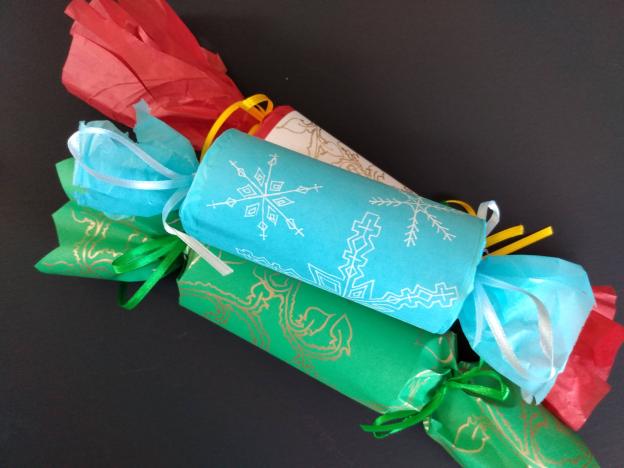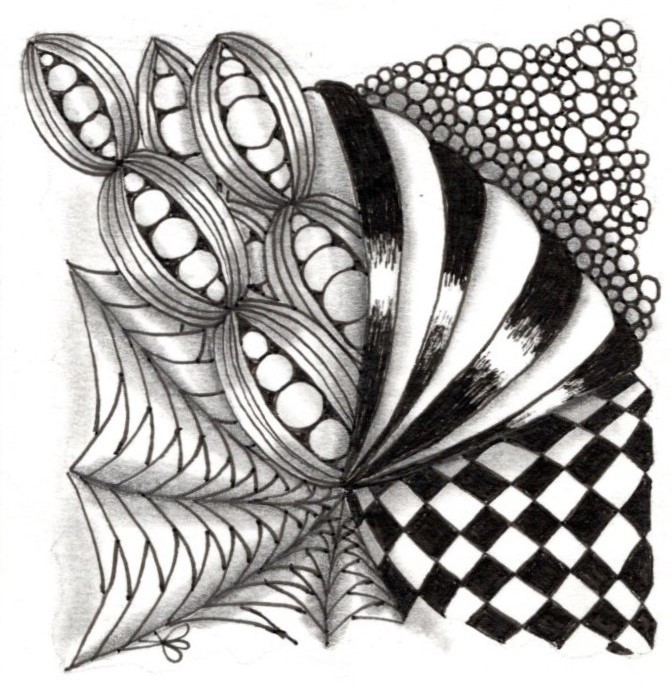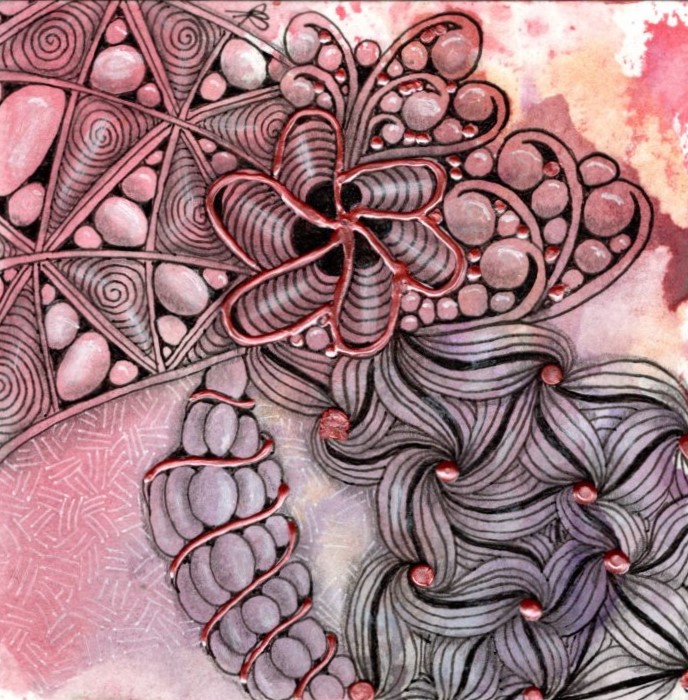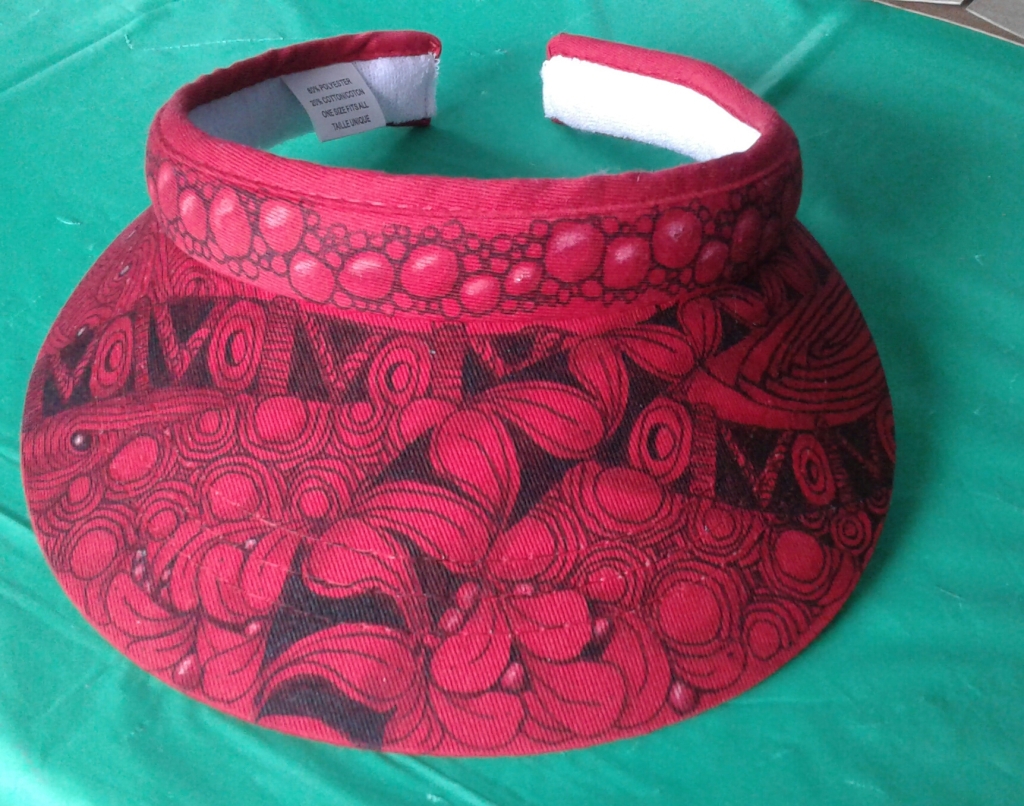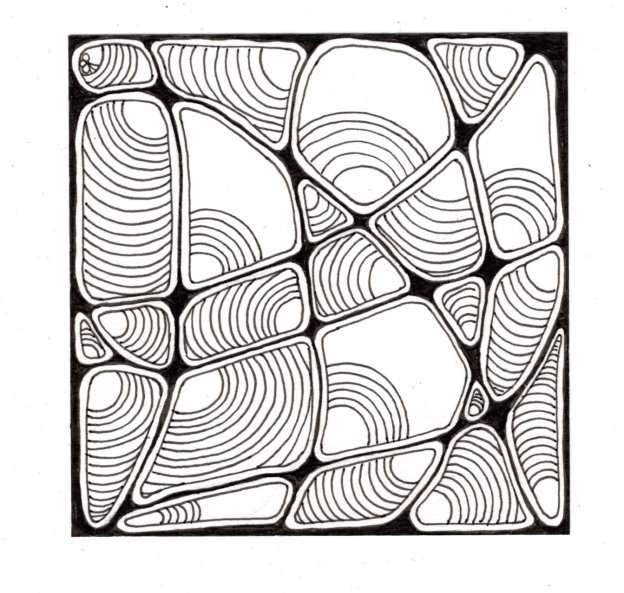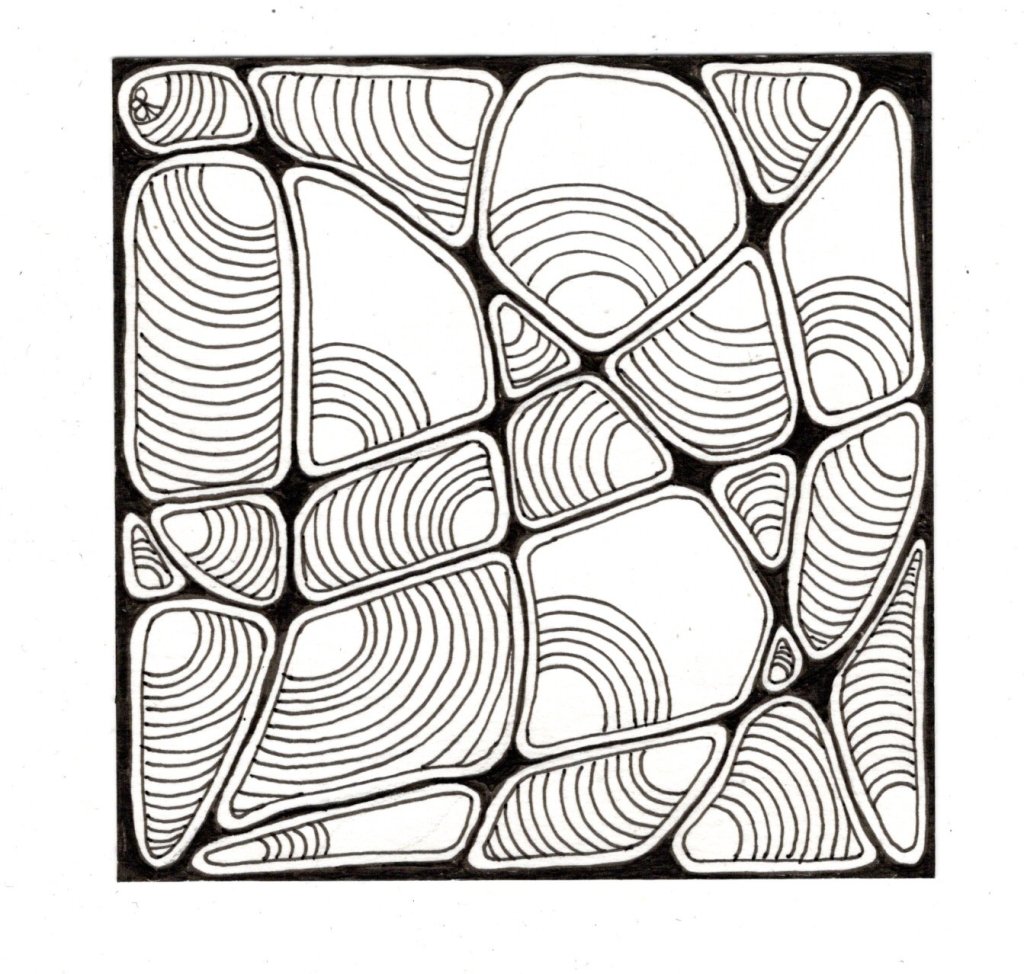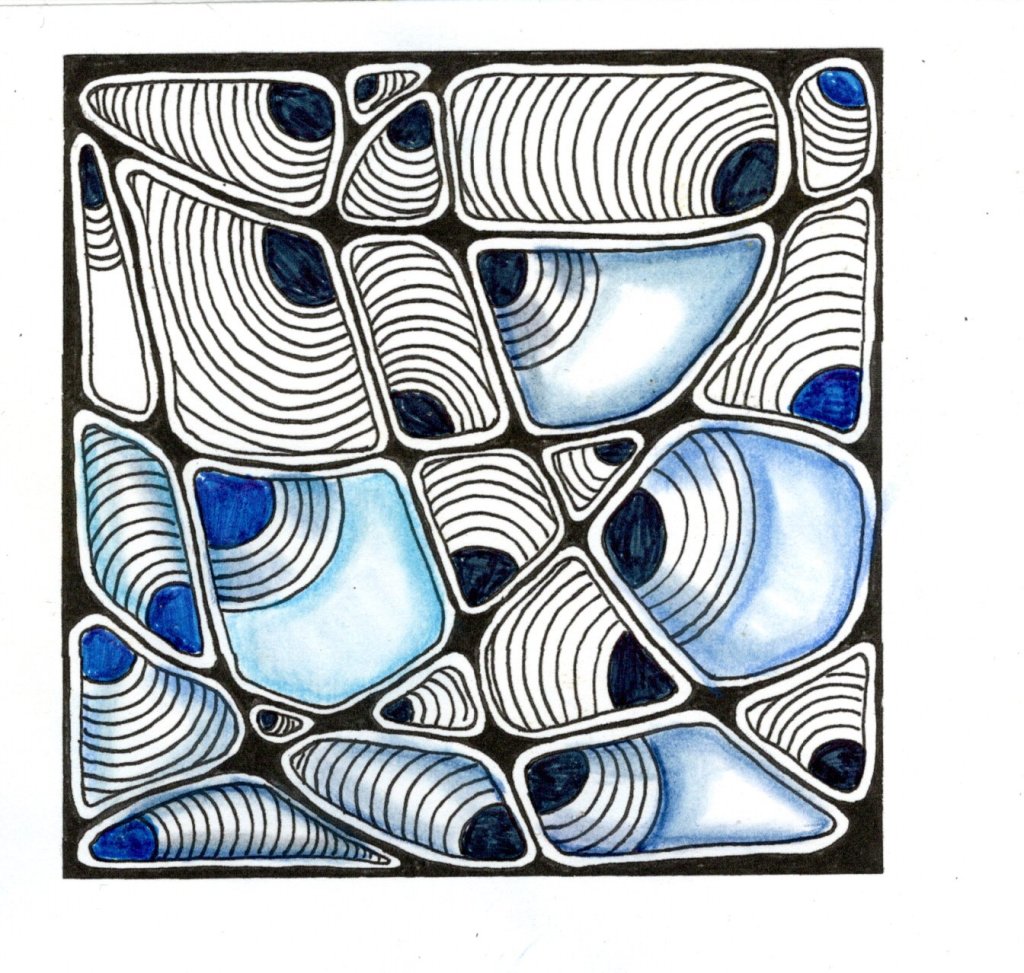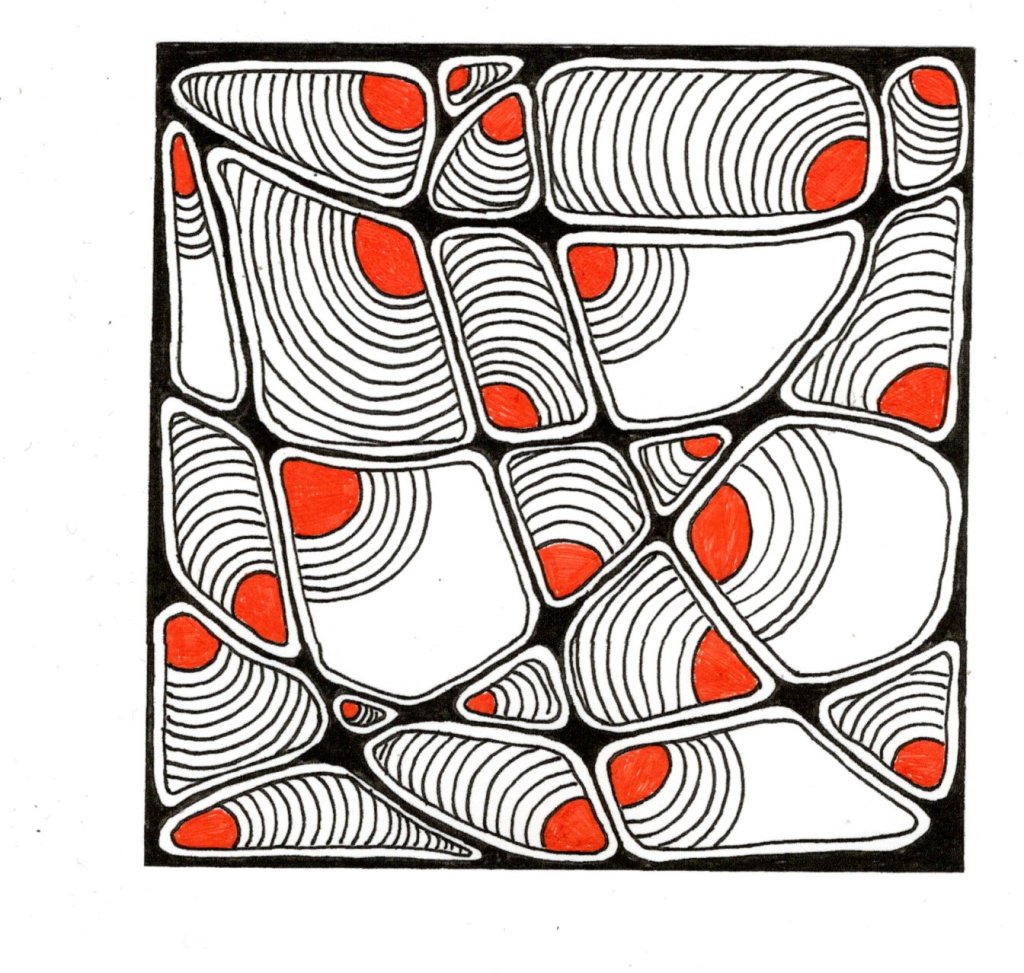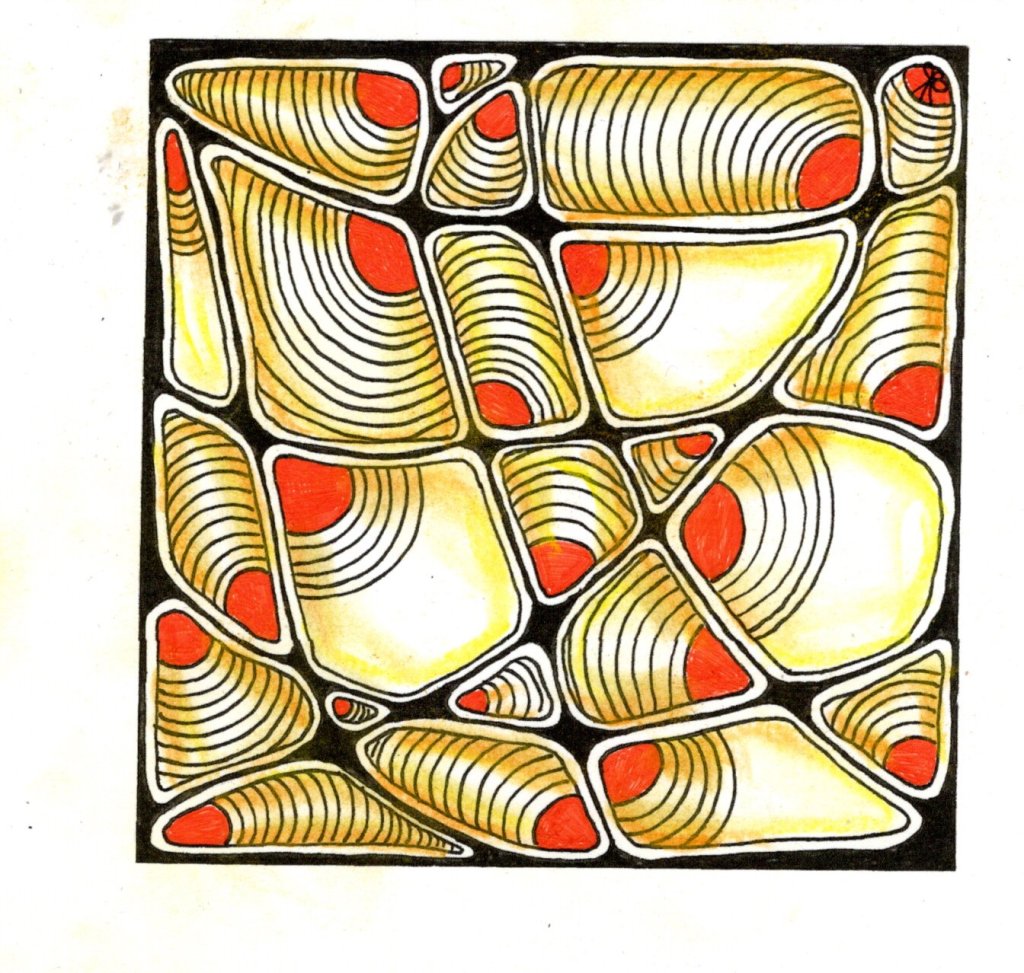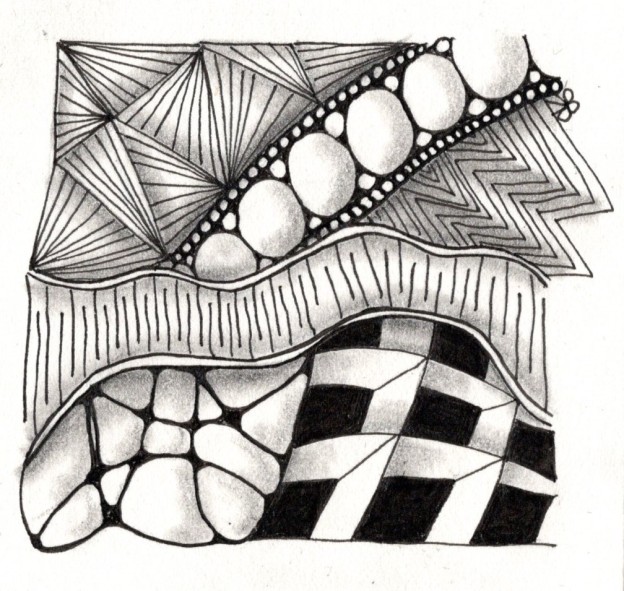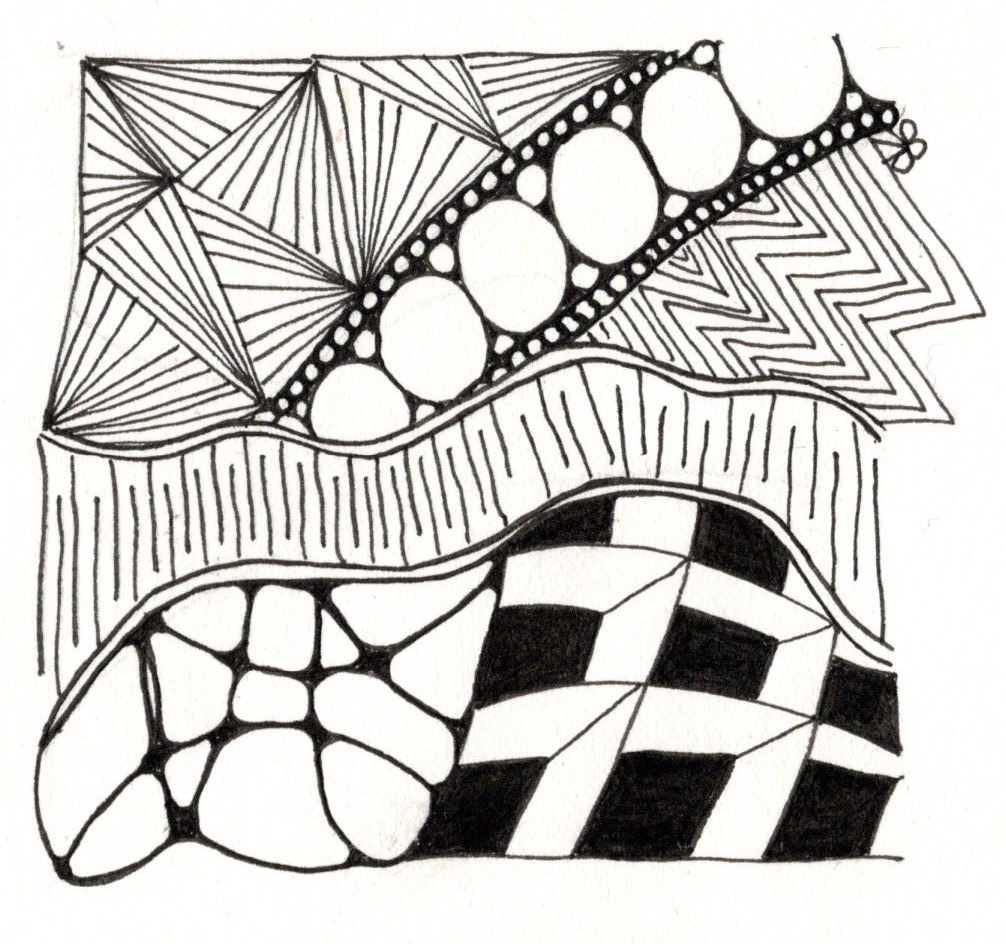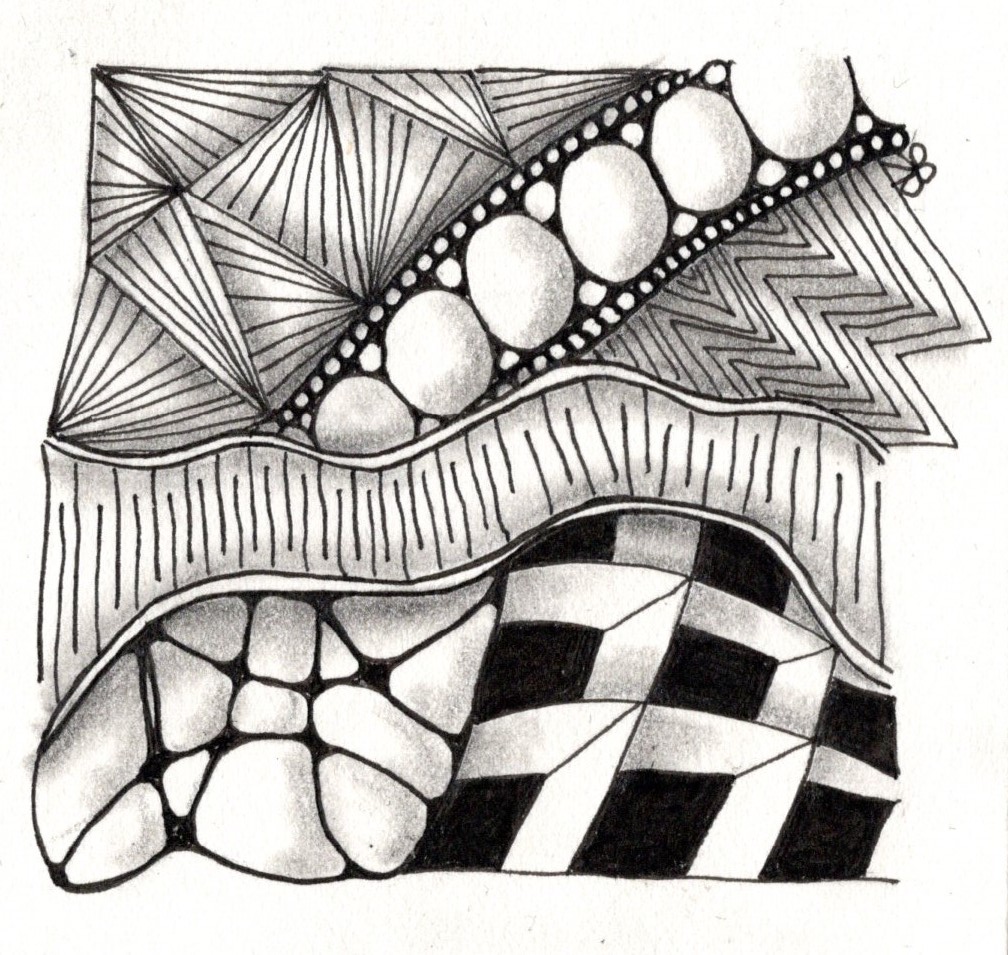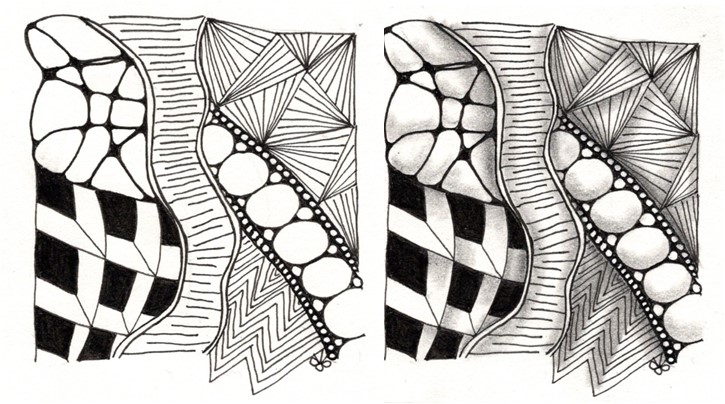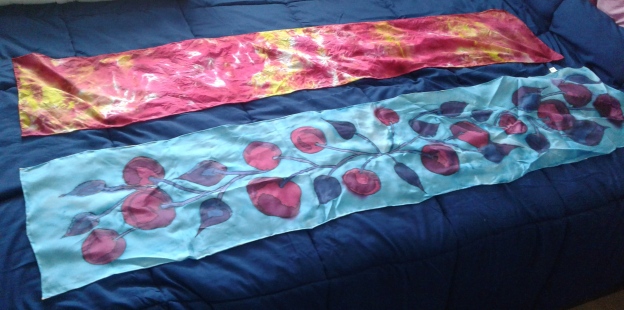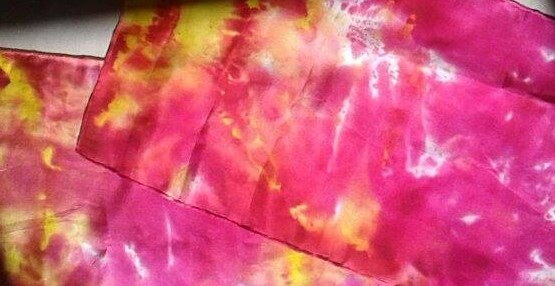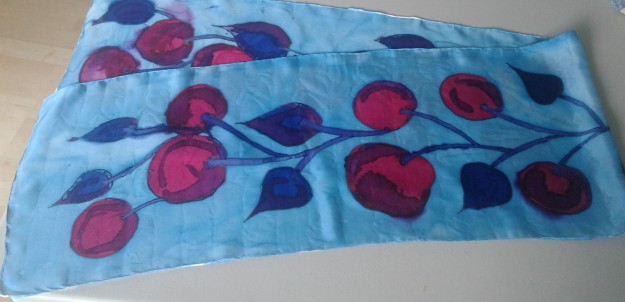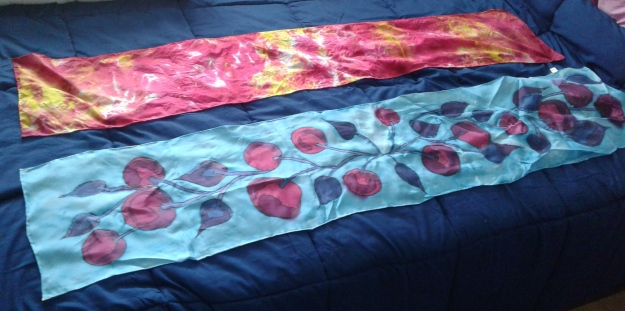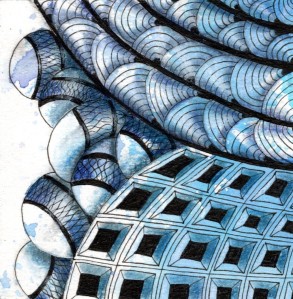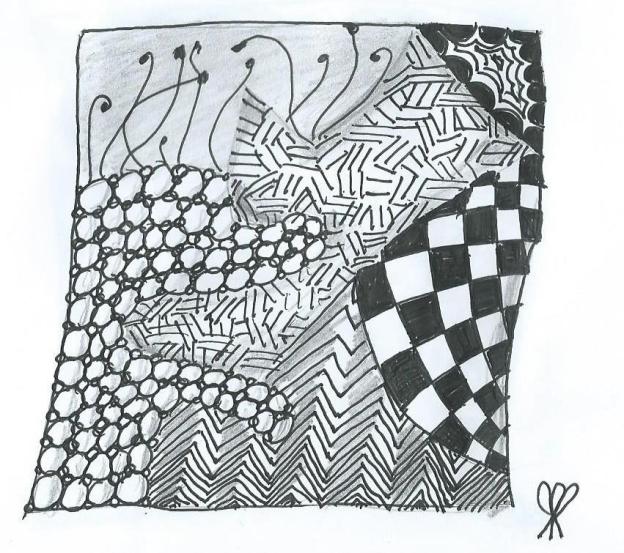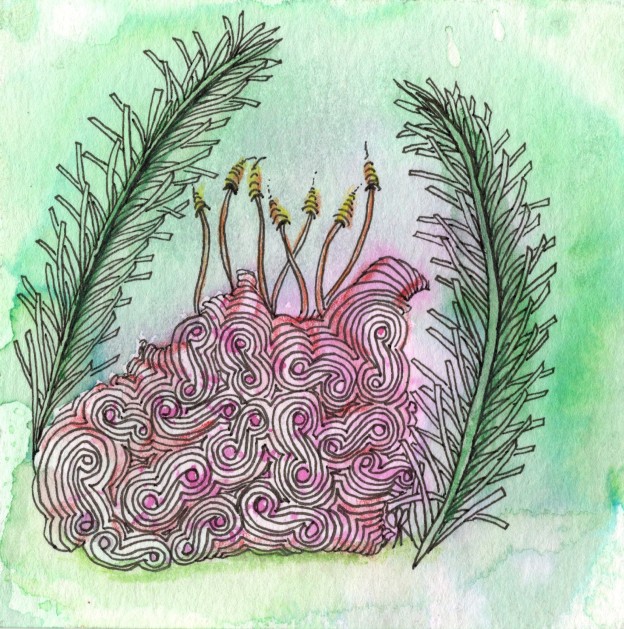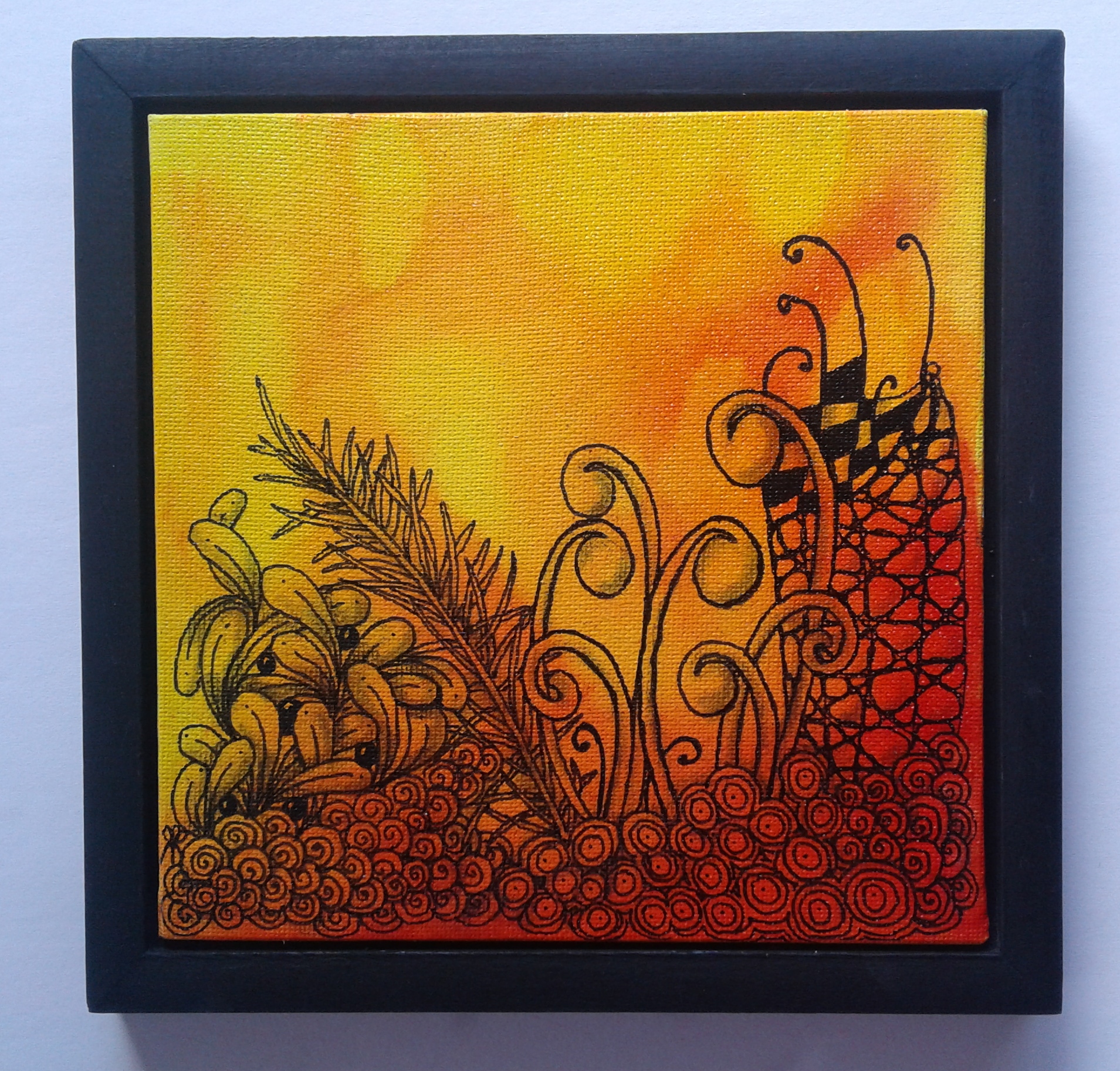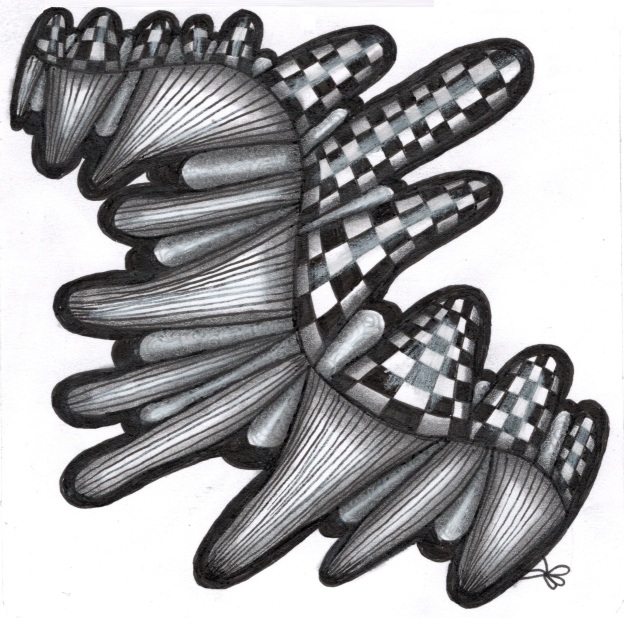Originally posted as “Choosing a Class” on Nov 14, 2018
“This is cool; why don’t you teach a class on this?”
There are so many great ideas out there, and so many people interested! The trick is mixing and matching it just right; selecting classes where there is enough interest, the right timing, and the perfect balance of fun, relaxing, simple and inexpensive.
So how does something go from a great idea to a class? Let’s walk through an example of an upcoming class.

Holiday Party Crackers Class coming December 4th to the McMillan Arts centre.
THE INSPIRATION
- See a cool idea – hey, what about tangling those crackers you get at family holiday dinners?
- Do some research. Can you make them yourself? Are there resources to buy the materials? Is it hard or expensive to do?
- Try it out for myself. I made several crackers of different kinds, and experimented with different tangles to use. Once I did that, I evaluated:
- Was it fun to do? Did it take a ton of time?
- Would it be fairly simple for students to do? (what’s the skill level required?)
- Did it take a lot of materials?
- Was it ‘zen’ enough for me? (a mindful exercise, not stressful)
- What is the Zentangle spin on this – does it present a technique or tip that would be useful in other tangling?
- Is this something you could do again after taking the class?
- Can you take this and do different things with it? (other tangles, other applications) – is there room to have fun with the idea?
- Can it be taught in 3 hours? (or is it a longer-term project?)
- Would this appeal to enough people?
- Then I did a little more research:
- Are there other examples I can study? Who else has done them – any photos I can look at?
- Are there other ways can this be done? Could you do simpler/more elaborate/different twists?
- What tangles could I use to teach this? (I like to have a number of possibilities)
- Is there a kit or lesson plan I can buy or ask to share? I always ask permission before teaching someone else’s class idea. (In this case there wasn’t; I was free to create my own.)
- What’s the focus or angle I want to take in teaching the class?
THE CRITERION
Every CZT has their own criteria and their own preference for teaching classes. My current preference is for classes that:
- are accessible for all levels of skill (Zentangle Basics the only prerequisite)
- can be taught within my framework of $40 for 3 hours, with materials extra (in this case I added some materials to be included because it was a special class)
- fit within my own schedule and that of the place I’m teaching
- are either Basics, or FUNdamental (further Zentangle skills) or ZIA (Zentangle Inspired Art)
THE SCHEDULING
So now I’ve chosen a class to add to my calendar. What now?
- Choose the name of the class. In this case it was my own lesson; if I’m using someone else’s lesson plan (with their permission of course), I may call the class by that name.
- I usually set up classes by season, starting with a Basics class, then a follow up (fundamentals) style class (like shading) and a ZIA (Zentangle Inspired Art) class for cool projects.
- Are there holidays in the season that would fit well with the class? In this case, December is a good time, but before Thanksgiving would have worked for an autumn themed party cracker.
- Are there other offerings like Tangle Island or another CZT in that season? I would try to keep the date from competing with these offerings.
- Would enough interested people be able to fit this into their schedule?
THE PREPARATION
- I create prototypes for the class. I make lots of examples and choose the ones that are going to be the samples on the flyers, online registration, website, etc. I need the image before I can announce the class because people will want to know what the project/class sample will look like.
- Get the word out. I usually start about 3 months before the class and announce on my website, flyers, Facebook, online registrations, etc. I like to plan classes by season which means I need to know all 3 class offerings at this stage before I proceed.
- Make a list of class materials. It needs to be affordable and easy to find. I also make sure I have a set of materials for people to borrow if they can’t find what they need. (In this class, I also needed to purchase special materials to include; things that aren’t readily available for purchase.)
- Write out the lesson plan. Even if there is a prepared lesson plan, I like to actually walk through it as if I were teaching it. I make notes of what to include or change in the lesson – or what to remember to say. I customize it to my students and my teaching style and what I want to emphasize about Zentangle in these classes. And sometimes (as in this case) I create the lesson from scratch.
- Prepare packages and teaching materials. A couple of weeks before the class I go through everything again, make any last minute adjustments and prepare any class materials and assemble teaching equipment and materials. This gives me time to make sure I’ve got everything we need for the class and all arrangements are made.
Once I teach the class (and assuming it’s successful) it will usually go into my roster of classes available for private or semi-private lessons, and classes I will teach again in the future. The exception would be if the class materials are of a limited variety – a one-time thing.
There’s always something new to tempt me to teach a fun new class. At the moment I have at least 45 class possibilities in my ‘class ideas’ folder, some of which require more research and experimentation. My 2021 Fall class schedule includes a Basics Class (September 4th), a class I’m teaching with permission (Rock Cairns October 2nd), a class I developed myself (Octopus’ Garden November 6th) as well as this Holiday Party Crackers class.
With every new idea winging by, I take a look, decide whether to bump a ‘future class idea’ or just put it in my folder for eventual use. That’s why I like to be cagey and say I haven’t decided on the next round of classes. Some ideas include Stained Glass Windows, Parksville Sand Dollars, Shading, Zen Buttons….
Do you have an idea for a class? Share it with me!

